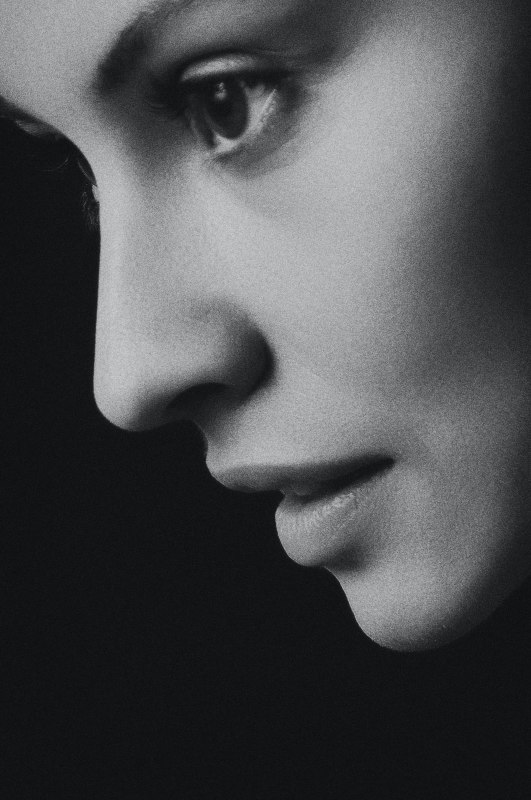Revision Rhinoplasty (Corrective Nasal Surgery)
Revision rhinoplasty — or corrective nasal sugery — is a surgical procedure that is performed on a nose previously operated to repair its shape and internal function.
Before considering a revision rhinoplasty, it is important to note that this procedure is a much more complex procedure than primary rhinoplasty surgery because of existing scar tissue and the vagaries of the healing process. This is why it is absolutely critical to ensure that the surgeon you choose for your revision procedure is a highly experienced, US Board-Certified surgeon.
Why is it sometimes necessary to Revise a Previous Rhinoplasty?
Revision rhinoplasty is one of the most common of all “revision” plastic surgeries. First of all, it is one of the most difficult of all plastic surgery procedures to begin with, so there is a large demand for corrective secondary surgeries.
There are a multitude of reasons for revising a previous “nose job”. These range from a thoroughly “botched” procedure performed by an unqualified or unskilled surgeon, to unexpected healing issues such as difficulty breathing, and finally a patient simply being unhappy with the appearance of their “new” nose.
Often patients may feel mildly discouraged at having to undergo yet another surgical procedure. However, revision rhinoplasty is actually a very common procedure, and the benefits to the individual’s sense of self-image and level of confidence are significant enough to make it worthwhile.
The Aesthetic Talent and Detailed Artistry of the “Perfect Nose Job”
One of the most common reasons that our patients give for needing a secondary rhinoplasty is that they’re just not satisfied with their previous surgeon’s work. Your new nose needs to work in beautiful aesthetic harmony with your other facial features, which is something that many surgeons fail to recognize.
All too often, a less skilled surgeon will look at the shape of the nose in isolation, instead of considering how it complements your facial features such as your brows, cheekbones, and your mouth and chin.
Dr. Deschamps-Braly’s approach is to evaluate the “whole face” of the person to sculpt a nose that will sit beautifully in balance with your other features including the size and shape of your chin and forehead which may dramatically impact the approach to the nose. His approach involves not only the highly experienced surgical skills and in-depth knowledge of the craniofacial skeleton, but also an artist’s eye and an appreciation of what constitutes true aesthetic beauty.
How is a Revision Rhinoplasty Performed? Is it different from Standard Nasal Surgery? Are there Non-surgical Options?
Depending on your previous nasal surgery (or surgeries), your revision rhinoplasty procedure may be extremely complex, or alternately we may be able to explore non-invasive non-surgical options such as fat transfer or the skillful application of a dermal filler, like Restylane.
Most revision rhinoplasties involve the simple removal of residual cartilage or bone from the bridge of the nose. However, some revision rhinoplasties are performed on individuals who have had too much cartilage or bone removed resulting in a severe deformity, or several previous unsatisfactory procedures. In these more complex cases, the surgery may be longer and more complicated, and tissue grafts may need to be taken from the rib or ear to restore the required cartilage.
The Revision Rhinoplasty Procedure
Initial incisions are made and the skin is separated from the nasal bone and cartilage. Depending on your individual requirements, the cartilage will be moved into a new position, or structures may be replaced with the patient’s own cartilage from another part of the body. The skin is then re-draped over the new nasal structure and incisions are closed. The entire procedure takes anywhere between 30 minutes to a few hours depending on the desired result.
Often there is less pain and bruising from a revision rhinoplasty and any mild pain or swelling can be typically treated with over-the-counter, non-opioid pain medication. The nasal splint is typically removed within a week and most swelling or bruising will resolve within 10 days.

Why should your Rhinoplasty Revision Surgeon be “US Board-Certified”?
We cannot emphasize this enough: When choosing a plastic surgeon for your revision rhinoplasty, to ensure your long-term peace of mind, and a favorable outcome, make sure that your surgeon is fully-qualified, US Board-Certified, and possesses long-term craniofacial and facial rejuvenation experience.
He must also possess an aesthetic and artistic “eye” to ensure that your new nose is harmoniously balanced in a natural way so that you still look like you. Rhinoplasty revision surgery is complex and requires the expertise of a surgeon who has an intimate and in-depth understanding of not only plastic surgery, but the entire craniofacial skeleton.



